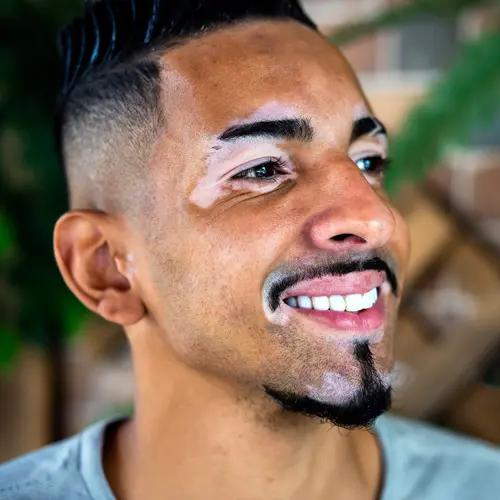A venous skin ulcer is a sore on your leg that’s very slow to heal, usually because of weak blood circulation in the limb.
They can last anywhere from a few weeks to years. You may hear a doctor or nurse call them “venous leg ulcers.”
They can sometimes lead to more serious problems if you don’t have them treated. But there are steps you can take to prevent them from happening.
What Causes Them?
Venous ulcers happen when there’s a break in the skin on your leg, usually around the ankle.
The veins in the leg, which should send blood back to the heart, might not be doing their job all that well. That’s often because the valves that stop the flow of blood back into the veins aren’t working like they should.
This backflow of blood means increased pressure in the end of the limb. When that happens, it can weaken the skin and make it harder for a cut or scrape to heal. They often occur over bony areas, such as your ankle.
Who Gets Them?
About 1% of Americans have venous skin ulcers. They’re more common in older people, particularly women.
You also may have a chance of getting one if you:
- Have previous leg injuries
- Have varicose veins
- Smoke
- Are obese
- Have had other circulation problems such as blood clots or phlebitis, a painful swelling of the veins
Symptoms
A venous ulcer often feels itchy or burns, and the leg around it may be swollen. Other signs may include:
An ulcer can also become infected. If that happens, you might notice:
Diagnosis
If you have a wound that isn’t healing or you think is infected, you should see your doctor. Usually, all it takes is a quick examination of the sore and the skin around it to figure out whether you have a venous skin ulcer. Your doctor will ask you if you have a history of ongoing (or “chronic”) conditions, such as diabetes or hardening of the arteries.
In some cases, however, your doctor might order other tests, such as an X-ray or a CT scan, to check out your veins and the area around the ulcer in more detail.
Sometimes, an ulcer can lead to other problems, including serious skin and bone infections. And in rare cases, it can give rise to skin cancer.
Treatment
The most common treatment is a compression bandage or stocking. The pressure should improve the blood circulation in your leg, boosting your body’s ability to heal the sore.
- You’ll probably be told to raise your leg for set lengths of time as well. This also helps circulation. Doctors typically recommend a half-hour at a time, 3 or 4 times a day.
- If your ulcer is infected by bacteria, you’ll probably be given antibiotics to kill the infection. You might also be given a moist dressing to put over the ulcer to help it heal more quickly.
- In some cases, your doctor might recommend surgery to improve the circulation in your legs. This can help your ulcer heal and could prevent similar problems later.
Most ulcers heal after 3 or 4 months of treatment. However, some can take longer, and some may never clear up.
Prevention
There are a variety of ways you can prevent venous skin ulcers through lifestyle changes, diet or medication. You might:
- Quit smoking
- Lose weight
- Control chronic conditions such as high blood pressure or diabetes
- Take aspirin to prevent blood clots
- Reduce the amount of salt in your diet
- Exercise regularly
- Wear compression stockings
- Keep your legs elevated when you can

